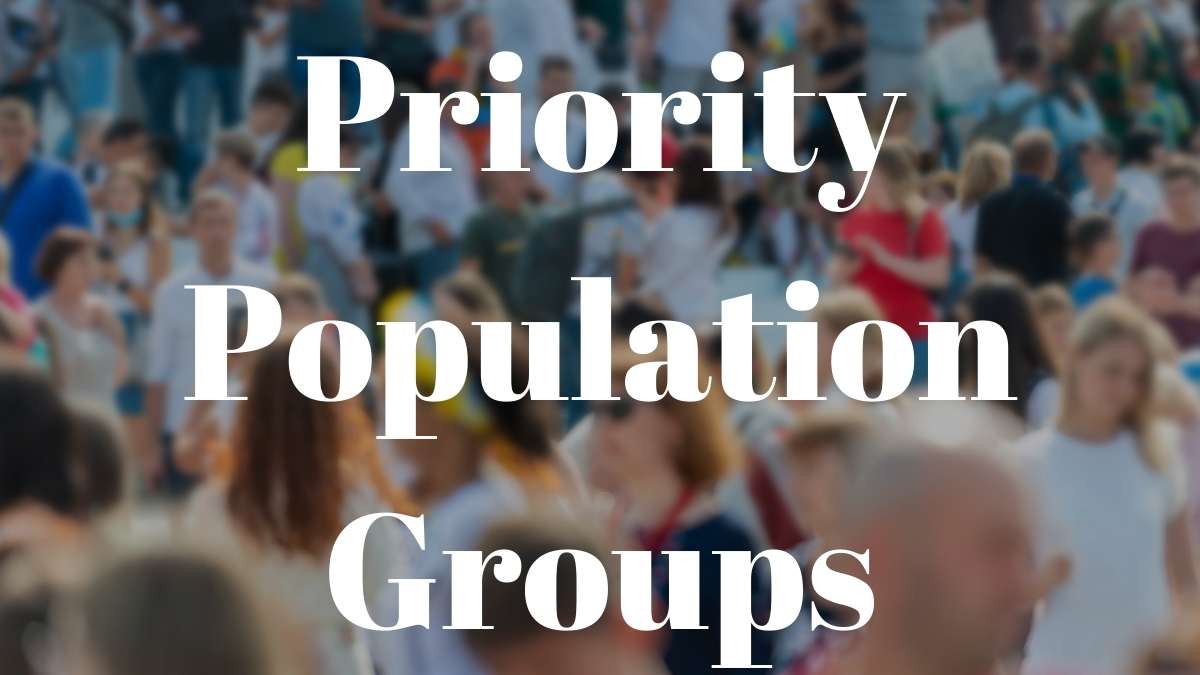Priority Population Groups
There are particular priority population groups that are achieving much poorer health outcomes compared to the rest of Australia. These populations can be cultural groups such as Aboriginal and Torres Strait Islanders, who have the worst health outcomes in Australia with statistics that match developing countries.
The priority populations can also be based on geographical location such as rural and remote living people, who have limited access to health care facilities, lower quality of fresh foods, and health care worker shortages limiting access to services.
The priority population groups can also be age-based, such as the elderly, or based on economical standing such as those with low socioeconomic status.
The people with the poorest health outcomes often fit into multiple priority groups, such as an elderly Aboriginal person living in a rural and remote area who has a low income.
How is epidemiology used?
Epidemiology provides come statistics on these population groups and allows the government, other organisations, and researchers to identify priority population groups that need extra resources in order to remove the gap in health outcomes. It also further advances our knowledge of the sociocultural, socioeconomic, and environmental determinants of health. Some examples of epidemiology include:
- males have higher rates of cancer than females
- Aboriginal and Torres Strait Islander males and females can expect to live 10 years less than other Australians.
- People in remote areas have higher death rates than urban dwellers, and
- Lower oral health is found in people of lower socioeconomic status.
Priority population groups then become the focus of health promotion initiatives. They receive more funding, and health programs get developed to meet their particular needs. For example, the Royal Flying Doctors service functions in remote areas to provide better access to health services.

